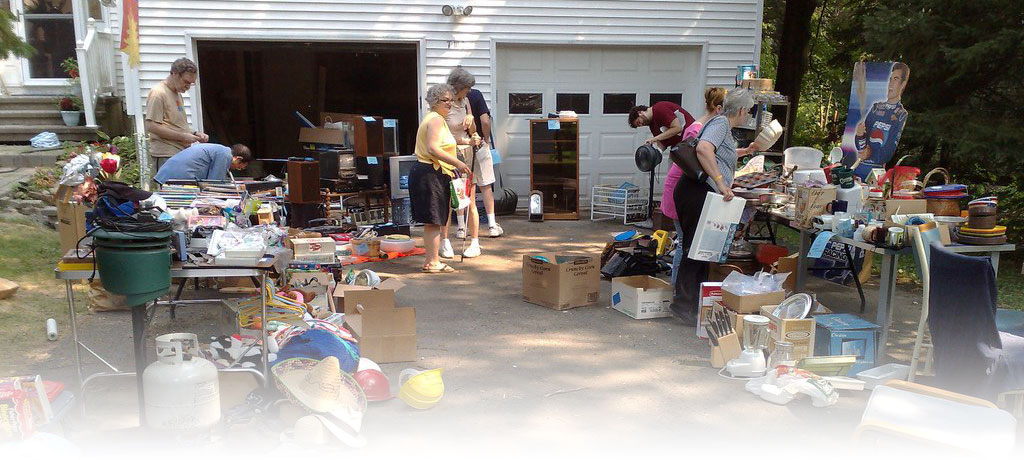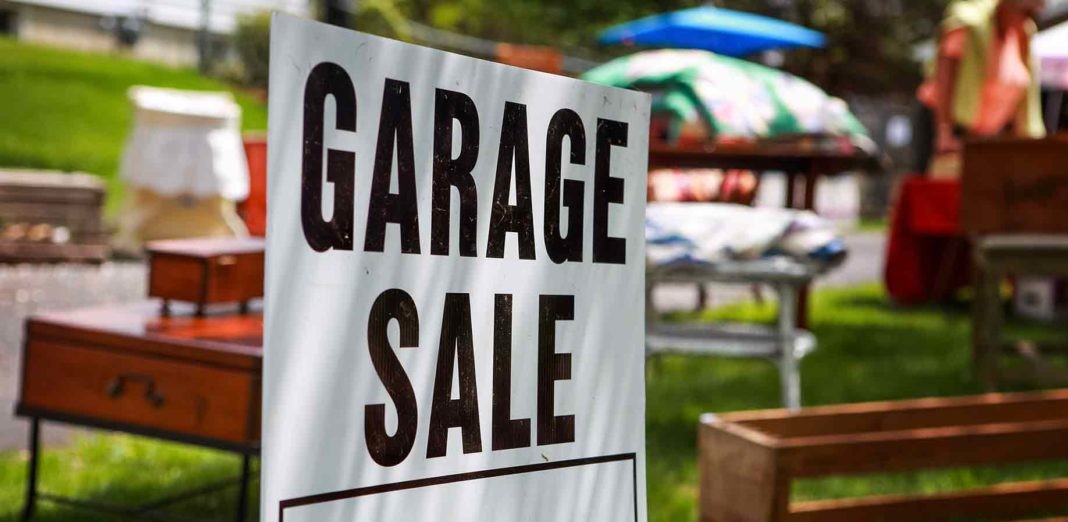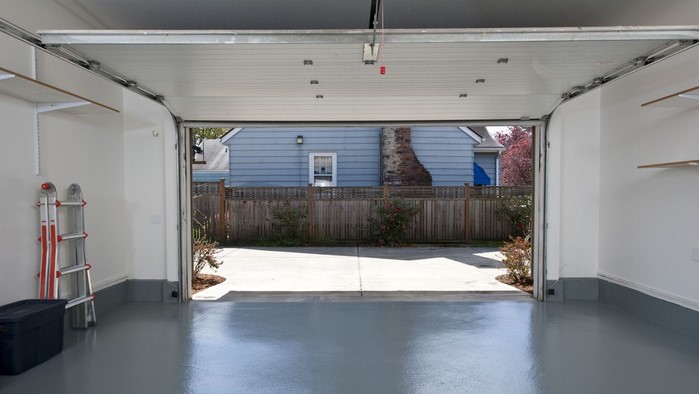By: A Clear Path employee, Lauren Brennan
For a month that centers around warm and fuzzy feelings, February can be an ironically depressing time. Winter festivities are behind us and we’ve settled back into our monotonous routines. For some of us the mid-month dose of candied hearts and sappy greeting cards has us rolling our eyes, especially when we’re still fighting our way through a global pandemic. What do we have to look forward to? Spring cleaning? Didn’t we just do that last year?! Ugh.
Organizing is an unending effort. It’s a job that can feel like it’s never done.  In the 1993 movie Groundhog’s Day an arrogant journalist named Phil Ryerson finds himself stuck in a supernatural cycle where, for reasons unknown to him, he must relive February 2nd indefinitely. Forced to repeat the same day in a snow-blanketed town that worships a rodent, eventually he loses his mind. Looking for the twin to a set of socks in a messy drawer can have a similar effect.
In the 1993 movie Groundhog’s Day an arrogant journalist named Phil Ryerson finds himself stuck in a supernatural cycle where, for reasons unknown to him, he must relive February 2nd indefinitely. Forced to repeat the same day in a snow-blanketed town that worships a rodent, eventually he loses his mind. Looking for the twin to a set of socks in a messy drawer can have a similar effect.
Valuable Lessons
For Phil Ryerson and those of us living in the real world, repetitious endeavors can lead us to the brink unless we learn a valuable life lesson: while our circumstances may be unvaried, our perspective is not. With all the time spent at home watching dust collect on top of clutter that never stops materializing, it’s easy to feel stuck, out of control of the world around you. Messes can be ignored when we aren’t surrounded by them all day long. Now, with many of us at home most of the day, it’s unavoidable. Each morning we wake up and the clutter is still there. But the truth is, you’re not stuck. You can get it together regardless of that pesky Groundhog declaring four more weeks of winter. Here’s how:
Start small.
- Tackle one junk drawer a day until everything has a place and a purpose.
- Clean up the desktop on your laptop or computer.
- Leave no family photo or online receipt behind!
- Rename screenshots so you can find them later with ease or simply delete them entirely.
- Screenshots of photos that already live forever on your Facebook page may not be necessary to keep.
- Photos and large files take up valuable storage space on your hard drive.
- Clear a space for new memories.
- Eliminating objects crowding your physical space can be very empowering.
- The simple act of deleting a few files can leave you with a sense of accomplishment and the inspiration to continue clearing more.
Use what you have on hand.
- The KonMari shop sells beautiful, albeit expensive, boxes that act as drawer separators making your folded clothing more easy to spot.
- If you have deep dresser drawers, use empty shoe boxes instead of purchasing fancy paper ones.
- Upcycling is friendly on your wallet and the environment.
- Don’t save every little box that Amazon sends your way, but do keep sturdy packaging that can be repurposed for later storage.
- Utilizing what you already have lying around saves you time and money. Don’t get lost in the pages of a virtual Container Store.
There’s no need to waste any more time waiting to get organized, we all know the postal service has more important things to deliver these days. You probably have the tools already, you just need to get a little creative.
 Get crafty!
Get crafty!
- Don’t be afraid to think outside the box, literally.
- Not everything needs to be hidden away. Remember that form follows function when considering where to store and place items.
- You can repurpose unconventional spaces like the space underneath a kitchen cabinet or in front of a backsplash for hanging pots or mugs.
- Pinterest is a great resource for creating mood boards and finding inspiration for new projects.
- It’s a photo-centric mood board in and of itself, with many of the photos linking to helpful articles or online shops.
- Type in “upcycled organization” or “diy storage” and you’ll find a slew of hacks and tips for getting your life in order.
Not that crafty yourself?
Etsy is an excellent online shopping alternative to Amazon and other corporate distributors. The shops on Etsy are largely run by small business owners looking to broaden their market. With farmers markets and art fairs put on hold, it’s a great way to support artists and local vendors. It’s also a pathway to connect with real people, something you can’t get from a big-box retailer. Sellers often include handwritten notes, stickers or homemade cards with purchases. If you don’t have the materials on hand to DIY a shoe organizer or sock drawer divider, consider shopping small first.
Donate it!
Spring time isn’t the only suitable purging season. Take stock of your household inventory not once but twice a year. Autumn, before the holidays, is a great time to clear your space. Go through old decorations and any back-to-school items you may have lying around and donate them just in time for someone else to enjoy. Donating items during times that correlate with events throughout the year increases the chance that someone will actually find and use the item you’re giving away.
The next time you are feeling victimized by your clutter, remember: you are in control. Tomorrow can be different if you choose to act differently. An emotional weight is lifted when we physically remove what no longer serves us. Incorporating recycling and donating into our organizing practices helps us waste less and connect with our community. Perhaps you spent last year in a vicious cycle of daily online shopping. A Groundhog’s Day scenario that transpired for many of us was reaching for the phone and hitting the “Buy with 1 click” button before we even had our morning coffee. Giving away old (or even new) items to someone in need can help with the guilt of past purchases and free up valuable space in your home. Next time, look around your space and see what you could repurpose before you reach for the credit card. Finding out that you already have everything you need, now that’s a warm, fuzzy feeling. Contact us for help for what might seem to be an overwhelming task.

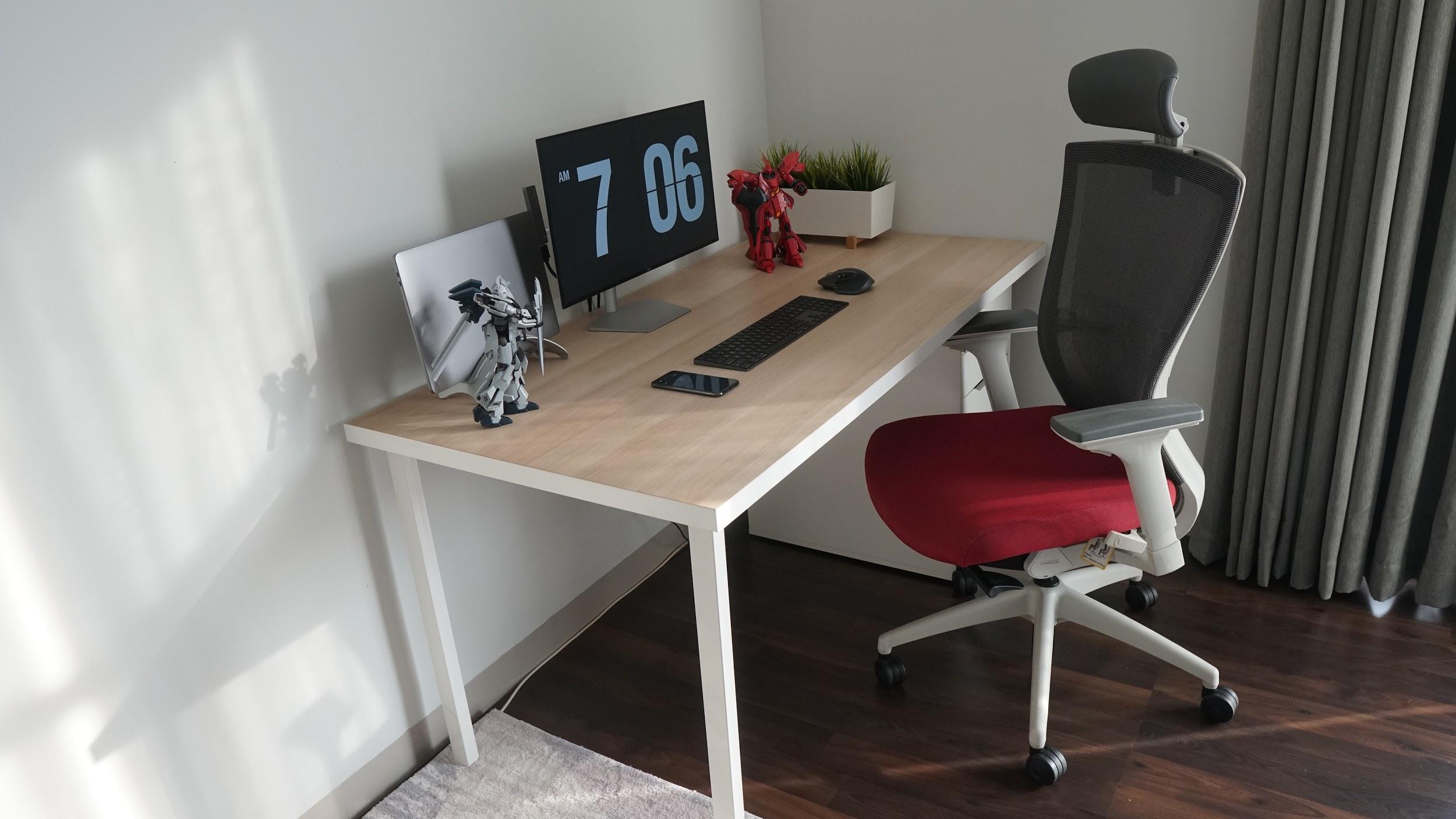

 A good rule of thumb is to prepare for a move in advance and not wait until the 11th hour to start
A good rule of thumb is to prepare for a move in advance and not wait until the 11th hour to start  not fetch much at a yard sale should also be donated where they will be more helpful, like at a children’s camp.
not fetch much at a yard sale should also be donated where they will be more helpful, like at a children’s camp. 





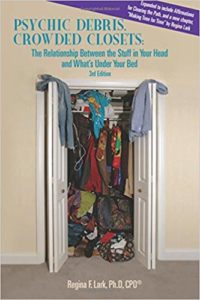



 high school ephemera, and everything else assigned to the category of “memories.” Don’t forget the so-called “collectibles” – from Hummels and Barbie dolls to entire runs of Playboy and
high school ephemera, and everything else assigned to the category of “memories.” Don’t forget the so-called “collectibles” – from Hummels and Barbie dolls to entire runs of Playboy and  What is it really worth?
What is it really worth?  Bottom line
Bottom line




